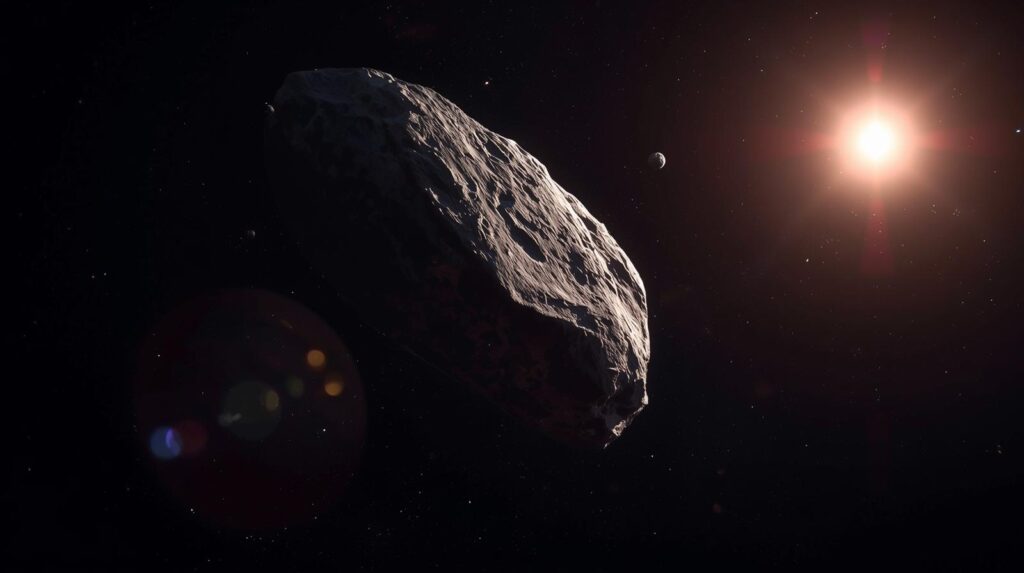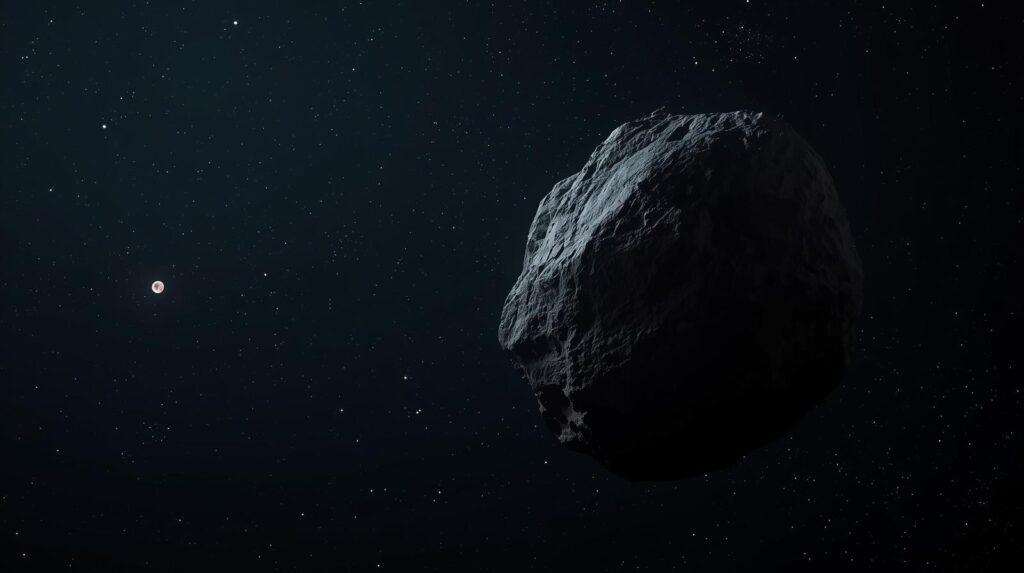Asteroid 2025 QV5 Close Flyby: Will It Return in 100 Years?
On September 3, 2025, a school-bus-sized asteroid named 2025 QV5 made a safe but attention-grabbing pass by Earth. The space rock came within about 500,000 miles (805,000 kilometers) of our planet—roughly twice the distance to the Moon.
What makes this asteroid interesting isn’t just the flyby itself, but the buzz around whether it might swing by again almost exactly 100 years later, in the year 2125.
A Close Encounter in 2025
Discovered just over a week before its flyby by the Pan-STARRS 1 observatory in Hawaii, QV5 quickly became the focus of astronomers and space enthusiasts. At about 35 feet wide (11 meters) and moving at nearly 14,000 mph (22,400 km/h), it wasn’t big enough to pose a threat. If such a rock were ever to hit Earth, most of it would burn up in our atmosphere before reaching the ground.

Still, the event offered a golden chance for scientists. NASA’s Jet Propulsion Laboratory (JPL) and the Center for Near-Earth Object Studies (CNEOS) tracked the asteroid carefully. Using tools like the Goldstone radar telescope in California, researchers were able to study its shape, spin, and surface, sharpening our ability to predict where asteroids will travel in the future.
Interestingly, the flyby of QV5 came during a particularly busy week in space monitoring. Another, slightly larger asteroid—2025 QD8—slipped by even closer, at just 135,500 miles (218,000 km) from Earth.
Will It Really Return in 100 Years?
Here’s the part that has sparked so much curiosity: astronomers say 2025 QV5 is expected to return for another close pass on September 4, 2125—almost exactly 100 years later.
This time, it’s predicted to pass at around 830,000 miles (1.3 million km) away. That’s still farther out than in 2025, but close enough to grab our attention.

However, these predictions aren’t set in stone. Asteroids don’t follow perfectly predictable paths forever. Their orbits can be nudged over time by the pull of planets—or even by interactions with other asteroids. So while the “100-year return” makes for a neat headline, astronomers stress that continued tracking is needed to confirm whether it will line up so precisely.
Future observations, especially during smaller and more distant passes in 2026 and 2027, will help refine the models and may slightly adjust the 2125 forecast.
Why This Flyby Matters
Even though 2025 QV5 isn’t classified as “potentially hazardous” (that label only applies to asteroids larger than 140 meters passing within 4.6 million miles of Earth), it’s still valuable to study.
These smaller near-Earth objects (NEOs) teach us how to improve detection systems, calculate orbits faster, and understand how space rocks behave under the influence of gravity. Every close approach is another rehearsal for the day humanity might need to deal with a truly dangerous asteroid.
The 2025 flyby also highlighted just how good our technology has become. Pan-STARRS spotted the asteroid only days before its closest approach, yet scientists quickly locked down its orbit. With radar and global projects like the Virtual Telescope Project, people all over the world were able to follow the event in real time.
Looking Ahead
So—will 2025 QV5 make its century-long return date? Most likely, yes, but the universe is full of variables, and only time (and more data) will tell for sure.
For now, this asteroid’s visit reminds us that our solar system is alive and dynamic. Each flyby is not just a cosmic curiosity but a reminder of why tracking NEOs is essential. With every observation, we gain a little more confidence that if a truly threatening asteroid were ever headed our way, we’d see it coming—and be ready to respond.
